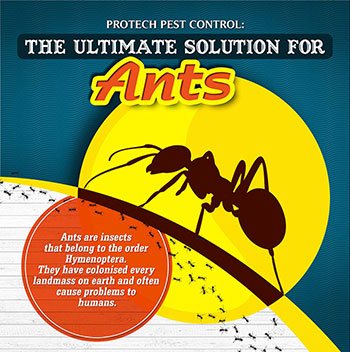Visualize your attic room as a cozy Airbnb for rodents, with insulation as fluffy as hotel cushions and electrical wiring extra enticing than area service. Currently, imagine these undesirable visitors throwing a wild celebration in your home while you're away. As a house owner, ensuring your attic is rodent-proof is not almost peace of mind; it has to do with shielding your building and loved ones. So, what easy actions can you take to safeguard your sanctuary from these hairy trespassers?
Inspect for Access Details
To start rodent-proofing your attic room, inspect for access factors. Start by thoroughly checking out the exterior of your home, looking for any type of openings that rodents might use to gain access to your attic room. Look for voids around utility lines, vents, and pipes, in addition to any kind of splits or openings in the structure or home siding. Ensure to pay attention to locations where different building products satisfy, as these prevail access points for rodents.
In addition, evaluate the roofing system for any type of harmed or missing tiles, as well as any kind of voids around the edges where rats can press through. Inside pet flea and tick treatment , try to find indicators of existing rodent activity such as droppings, ate cables, or nesting products. Make use of a flashlight to thoroughly check dark edges and surprise rooms.
Seal Cracks and Gaps
Inspect your attic extensively for any kind of fractures and voids that require to be secured to stop rats from going into. Rodents can press through even the tiniest openings, so it's critical to seal any kind of possible access factors. Inspect around pipelines, vents, wires, and where the wall surfaces fulfill the roof. Make use of a mix of steel wool and caulking to seal these openings properly. Steel wool is an excellent deterrent as rats can not eat through it. Make sure that all gaps are snugly sealed to deny accessibility to unwanted bugs.
Do not overlook the significance of securing voids around windows and doors as well. Use weather stripping or door sweeps to secure these areas properly. Examine the locations where energy lines enter the attic and secure them off making use of an ideal sealant. By putting in the time to seal all splits and gaps in your attic, you create an obstacle that rats will locate challenging to breach. Prevention is type in rodent-proofing your attic room, so be comprehensive in your efforts to seal off any kind of prospective access factors.
Remove Food Resources
Take aggressive measures to get rid of or keep all prospective food resources in your attic to prevent rats from infesting the space. Rats are attracted to food, so removing their food resources is critical in keeping them out of your attic.
Below's what you can do:
1. ** Shop food securely **: Avoid leaving any type of food things in the attic. find out here in impermeable containers constructed from steel or sturdy plastic to stop rodents from accessing them.
2. ** Tidy up debris **: Remove any piles of particles, such as old papers, cardboard boxes, or timber scraps, that rats could use as nesting product or food sources. Maintain the attic clutter-free to make it less appealing to rodents.
3. ** Dispose of waste effectively **: If you utilize your attic for storage space and have garbage or waste up there, make sure to dispose of it on a regular basis and properly. Rotting https://www.pctonline.com/news/all-u-need-pest-opens-st-augustine-florida-office/ can bring in rodents, so maintain the attic clean and free of any kind of natural waste.
Verdict
Finally, bear in mind that an ounce of avoidance is worth an extra pound of remedy when it pertains to rodent-proofing your attic room.
By putting in the time to inspect for access factors, seal splits and gaps, and get rid of food resources, you can keep unwanted parasites away.
Remember, 'An ounce of avoidance deserves an extra pound of treatment' - Benjamin Franklin.
Keep proactive and protect your home from rodent invasions.
